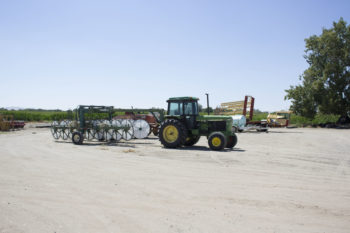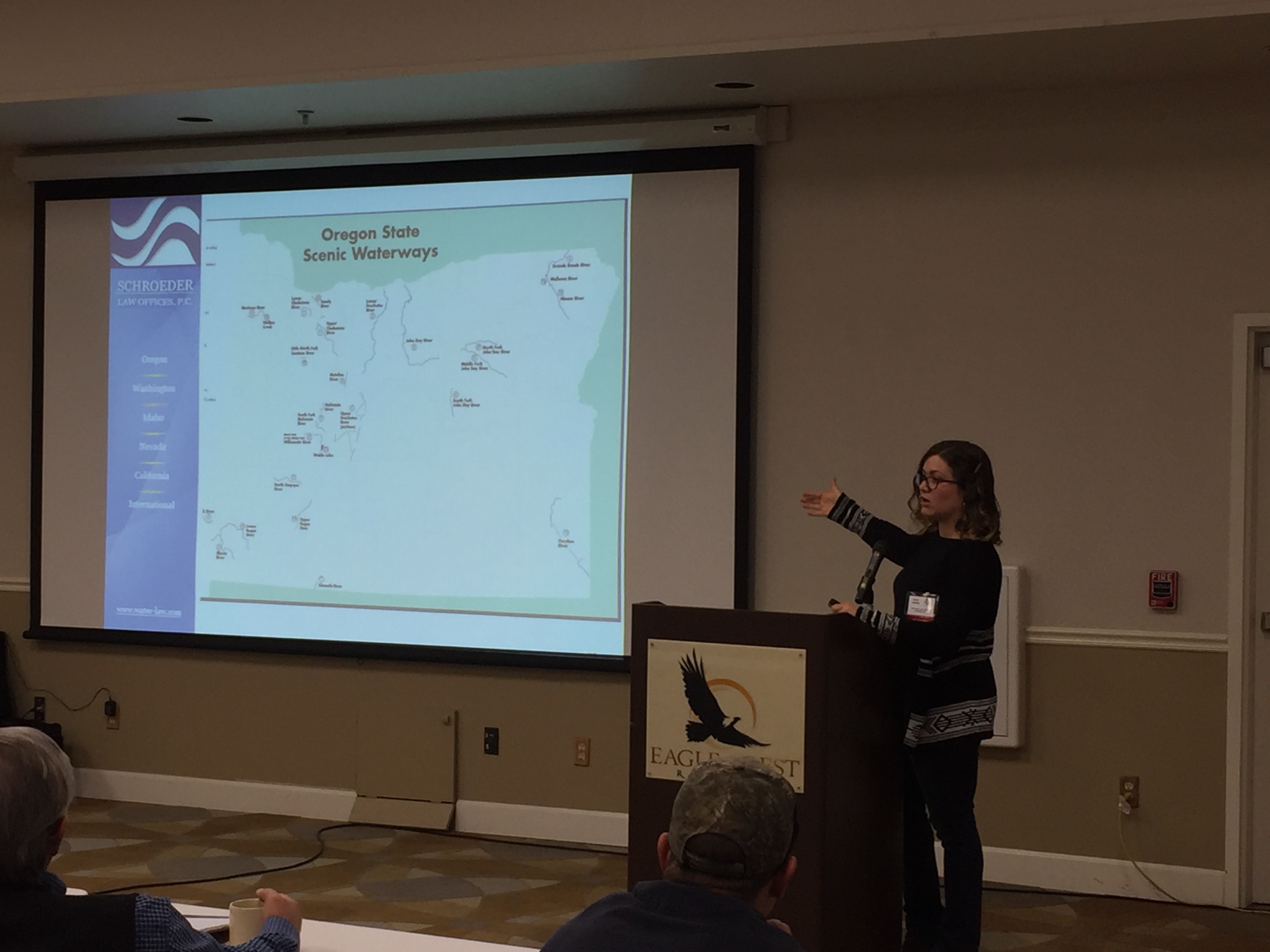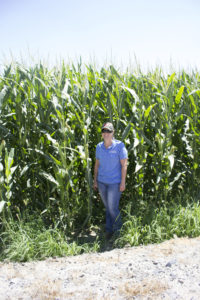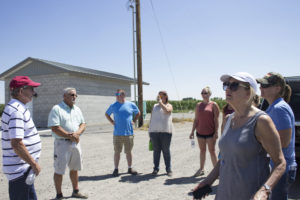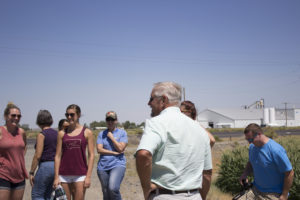 In 2015, the Environmental Protection Agency (“EPA”) and U.S. Army Corps of Engineers (“Corps”) issued a joint administrative rule, the “WOTUS Rule,” attempting to define the statutory term “waters of the United States” within the Clean Water Act (“CWA”) in order to more clearly define the agencies’ jurisdiction. Schroeder Law Offices summarized the background and scope of the WOTUS Rule in a 2015 blog. The WOTUS Rule was stayed in 2015. Three year later, and after a ruling from the Supreme Court of the United States, litigation over the WOTUS Rule continues.
In 2015, the Environmental Protection Agency (“EPA”) and U.S. Army Corps of Engineers (“Corps”) issued a joint administrative rule, the “WOTUS Rule,” attempting to define the statutory term “waters of the United States” within the Clean Water Act (“CWA”) in order to more clearly define the agencies’ jurisdiction. Schroeder Law Offices summarized the background and scope of the WOTUS Rule in a 2015 blog. The WOTUS Rule was stayed in 2015. Three year later, and after a ruling from the Supreme Court of the United States, litigation over the WOTUS Rule continues.
On January 22, 2018, the United States Supreme Court issued its unanimous opinion, written by Justice Sotomayor, which settled the jurisdictional question of where challenges to the WOTUS Rule must be filed. The Court held that challenges to the WOTUS Rule must occur in federal district court rather than courts of appeals. The case was remanded to the Sixth Circuit and dismissed for lack of jurisdiction.
This decision by the Supreme Court will likely prolong litigation on the merits of the WOTUS Rule because a decision by a district court for either party is likely to be appealed. Environmentalists have applauded the proposed changes in the rule, while coalitions like the American Farm Bureau Federation and American Petroleum Institute have said the rule will stifle economic growth and add burdensome regulation on farmers and business owners because of expansion of CWA jurisdiction.
On July 27, 2017 the EPA and Corps published a notice of a new proposed rulemaking in the Federal Register. The agencies proposed to replace the stayed 2015 WOTUS Rule with their pre-2015 regulatory procedure. The agencies solicited public comment on the proposed procedure, although, making clear they did not seek public comment on the substance of the pre-2015 rule.
On February 6, 2018, the agencies published the final rule in the Federal Register. The final rule suspends the applicability of the 2015 WOTUS Rule until February 6, 2020. The agencies assert that the suspension of the rule gives agencies the time needed to reconsider the regulatory definition of “waters of the United States.” As reported by Capital Press, the same day the agencies published their final rule a lawsuit was filed by the Attorneys General of New York, California, Connecticut, Maryland, Massachusetts, New Jersey, Oregon, Rhode Island, Vermont, Washington and the District of Columbia in the Southern District of New York. Another lawsuit was filed by numerous environmental groups in Charleston, South Carolina District Court. Both lawsuits challenge the two-year delay in applicability of the WOTUS Rule.
The attorneys general and environmental groups both take the same positions on two issues in their complaints. First, the parties allege the agencies failed to provide meaningful opportunity for public comment in violation of the Administrative Procedure Act (“APA”) because the agencies solicited comments solely on the procedure of the rule, proscribing comment on the substance of the pre-2015 rule. Second, the parties allege the agencies failed to consider all the relevant issues and offer a rational explanation for the suspension of applicability rule, another alleged violation of the APA.
The attorneys general and environmental groups differ in their last claim, however. The attorneys general claim that the CWA does not give the agencies authority to suspend the WOTUS Rule after its effective date passed. The environmental groups claim the agencies violated the APA by failing to publish the pre-2015 rule in the Code of Federal Regulations.
Stay tuned as Schroeder Law Offices brings you updates!
This article was drafted with the assistance of Law Clerk Derek Gauthier, a student at Lewis & Clark Law School.

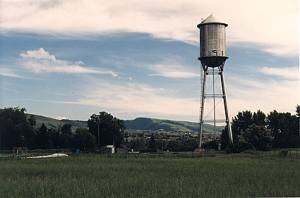

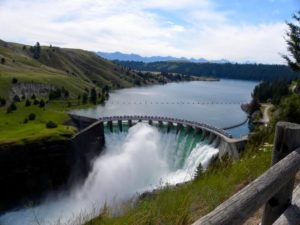

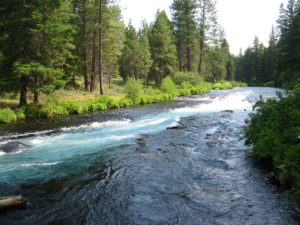







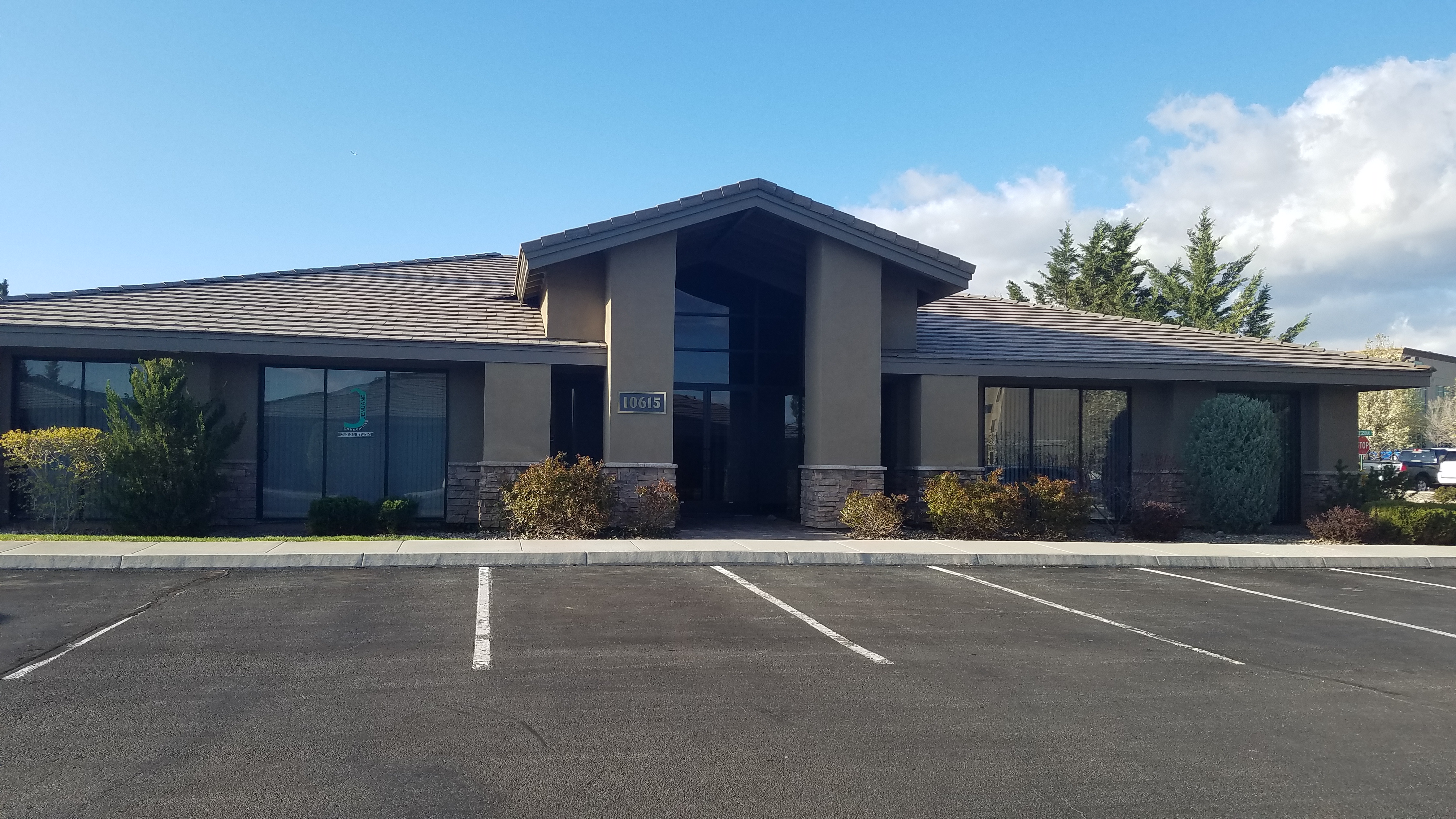 In April 2017,
In April 2017, 